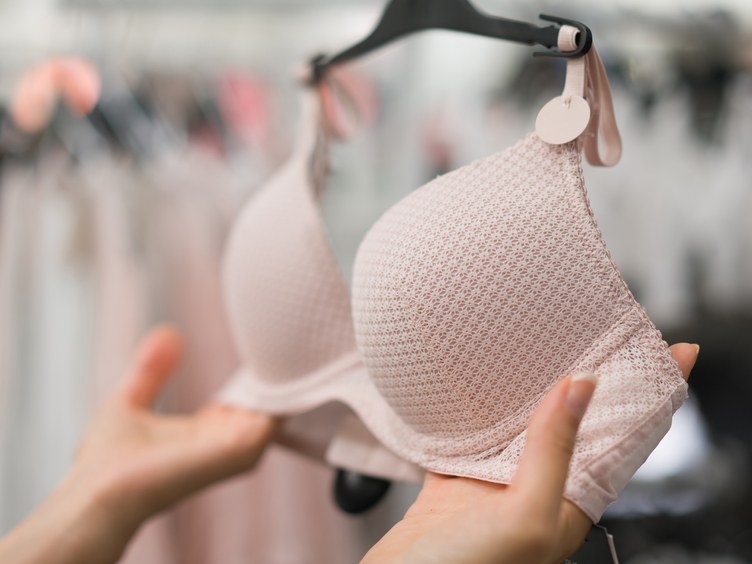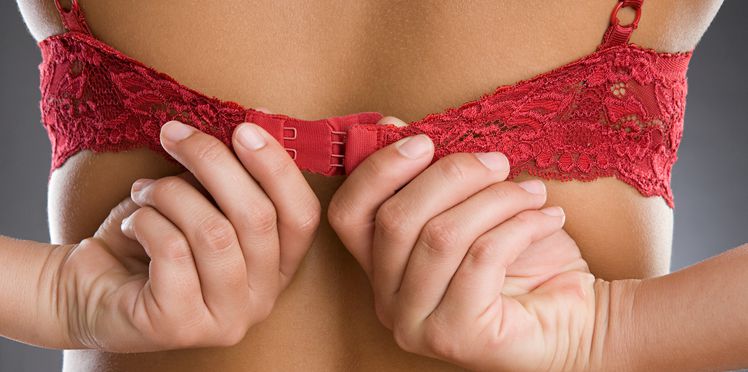
For many people, bra shopping is somewhat to some degree of disappointment and complete trauma on the emotional scale, and so is the actual wear of the bra. Many women wear uncomfortable bras that penetrate deep into the skin, slip off their shoulders and cause sputum to overflow – and then tear them off the body as soon as they get home. Many of them go back to the underwear store: if you don’t know how to find the right bra (even the right bra size!), you won’t get the bra that works best for you. In short, women do not have the support they need to get the support they need.
To make sure you get the most out of this experience, I contacted three stylists and bra accessories experts who detailed the techniques you should consider when buying a bra. Their advice, from the decomposition of the bra to the sign that the bra is too small or too large, is useful for women of all ages and sizes. Continue reading 11 things that every bra wearer should know.
Most of the support comes from the band.
The cup holds the breast in place, but the band is responsible for about 90% of the actual support (there is a reason for the absence of the shoulder strap bra). So while the shoulder straps may look like they are holding your chest up there, they do help you keep the cup flush with your body and shape your breasts. In fact, if your band and cup fit well, you should be able to take off your shoulder strap and take a few steps while your bra is in place, and Kimmay Caldwell, a bra expert from Hurray Kimmay, tells SELF.
You need to know your body type and “sister body.”
Just like other notoriously difficult to shop products, jeans are also the same, from brand to brand, even from one style to another, the same size of bra will be very different. This is why experts say that women should know their true body and sister body. If the bra is not suitable for your regular size, it may be suitable for your sister size.
The rule of thumb is as follows: If you enter the band, go down into the cup and vice versa. For example, 32C may be suitable for 30D or 34B. If you are 34C, you may find a bra that is more suitable in 36B or 32D.
Knowing your sister size is very useful for adapting to the size differences between brands. This is also a great resource if your “real size” is hard to buy. Smaller bands and larger cup sizes, or larger bands and smaller cup sizes will benefit the most from sister size.

There is an equation that calculates the size of your band and cup.
Your bra size is a ratio that combines the size of the cup (letter AA-M) and the size of the strap (numbers 28-44). For any woman, it’s a good idea to buy a professional bra at a boutique – you may be surprised by what the bra expert will tell you, such as wearing the wrong size throughout your adult life. You can also measure yourself at home with some tapes.
To make measurements at home, you need to take two measurements: the size of the belt around your back and under the bust, and the size around the back of the nipple. Then you will subtract the difference. For example, if your bust size is 35 inches and your bust (or chest) size is 32 inches, you would be 32C because 35 minus 32 equals 3 and the number corresponds to the letter “C” in the alphabet.
4. If your breasts come in two different sizes, wrap them around.
One breast is bigger than the other, which is completely normal and very common. If the difference is large enough to make bra shopping more complicated than it is now, Cora Harrington, underwear specialist, author of the forthcoming book In In Detail Detail: How to Choose, Wear, and Love Lingerie, suggests a fit for bigger breasts. If you prefer, you can even evenly add a bra slice on a smaller breast, or use a detachable pad to make the bra and remove it from the large side for a uniform look.
